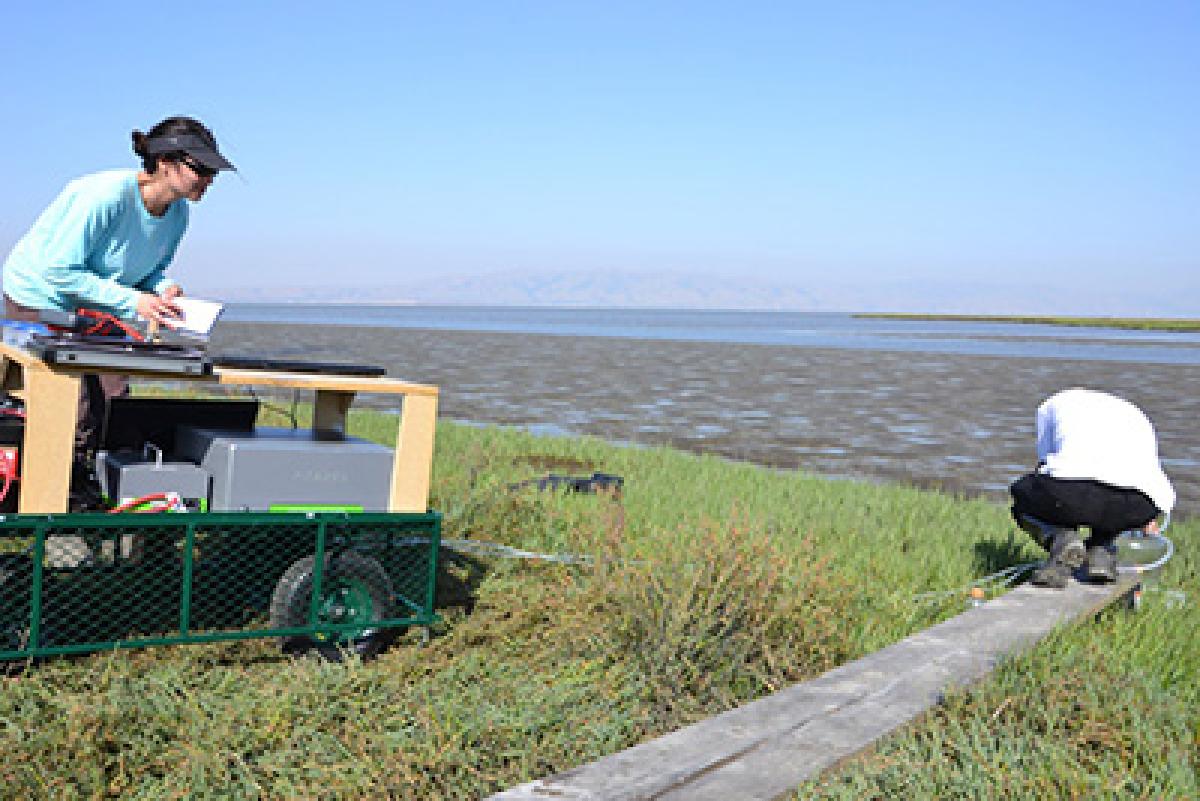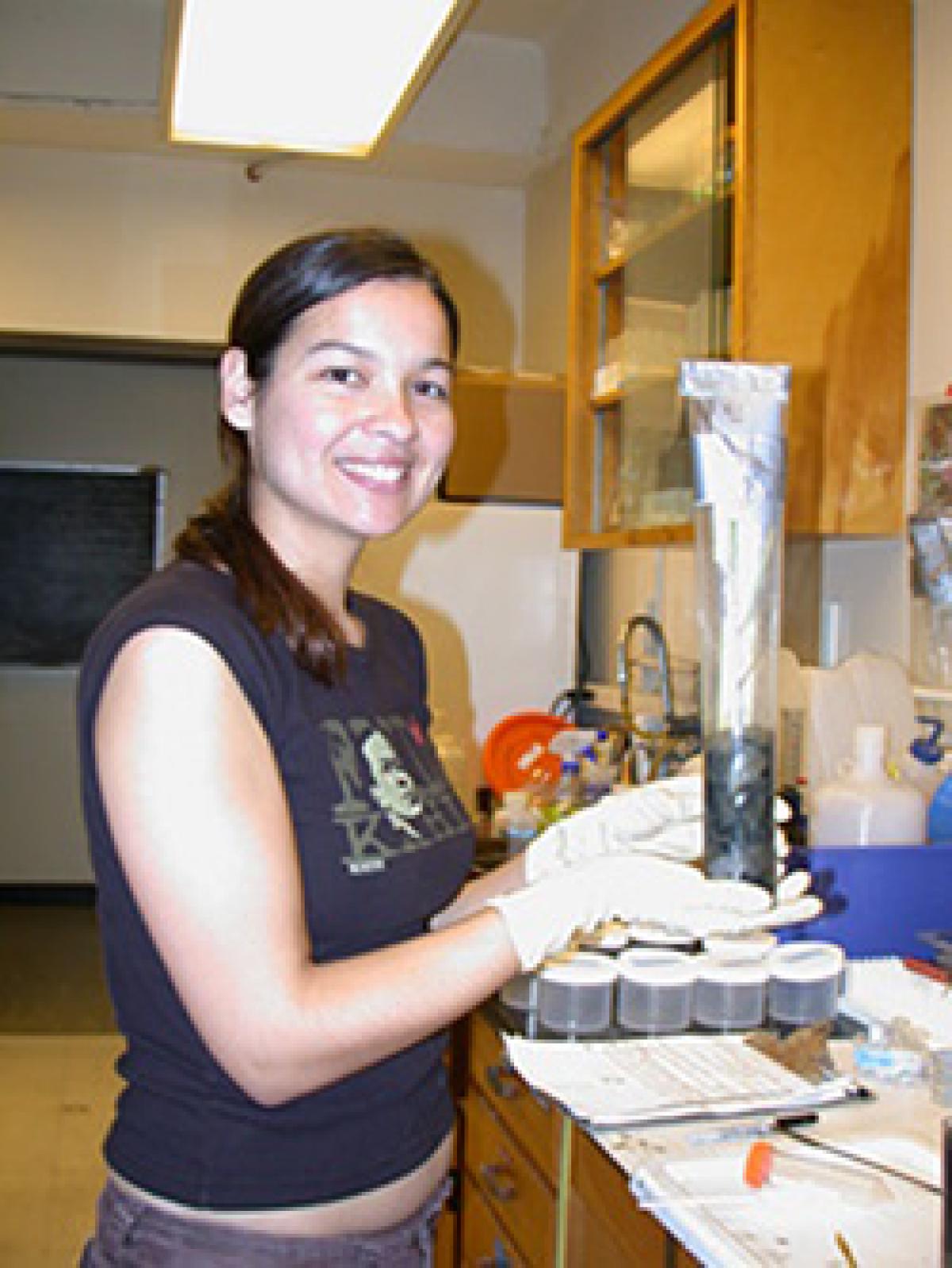Serena Moseman-Valtierra, Ph.D., is an assistant professor and salt marsh ecologist at the University of Rhode Island, Kingston. Her research combines ecological field experiments, biogeochemical techniques and molecular tools to understand nitrogen cycling in coastal wetlands.
She is taking part in a $1.3 million research grant exploring the role salt marshes play in climate change and the effect that nitrogen pollution has on that role. The grant funds a project involving a number of collaborators, including Dr. Kevin Kroeger of the U.S. Geological Survey and Dr. Jianwu Tang of the Woods Hole Oceanographic Institution.
Forest ecosystems are thought to help reduce rising GHGs by storing large amounts of carbon—a phenomenon known as "green carbon" sequestration. Dr. Moseman-Valtierra’s research, however, will focus on storage in coastal wetlands—known as "blue carbon" sequestration. Recent studies suggest coastal wetlands may sequester and store carbon at three to five times the rate of temperate forests.
"This study offers researchers a real-world laboratory to test if excess nitrogen produces the same type and amount of greenhouse gas emissions that we have observed in shorter-term, smaller-scale experiments," says Dr. Moseman-Valtierra. If data from the three-year study bears this out, it would strengthen incentives for reducing the amount of nitrogen pollution flowing into coastal ecosystems.
Picarro was especially pleased when Dr. Moseman-Valtierra visited our Santa Clara, California facility a few weeks ago. In addition to sharing key aspects of her research with us, she joined our scientists in field testing a new five species (G2508) analyzer—in conjunction with a recirculation chamber—at marshland near the San Francisco Bay in Palo Alto, California.
According to Dr. Moseman-Valtierra, who will be using the new analyzer in her research, "The all-in-one analyzer can transform the study of greenhouse gas emissions from ecosystems. In real-time, all three major GHGs can be examined simultaneously, in situ, as needed for critical estimates of net global warming potential. And each data point—which typically takes 8 minutes to analyze on a GC—is obtained in just a few seconds with the Picarro analyzer."
Learn more about Dr. Moseman-Valtierra
Learn more about her involvement in the salt marsh collaborative study

